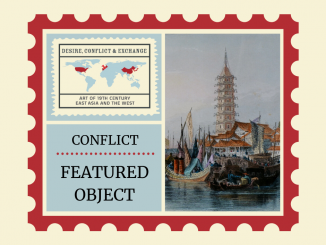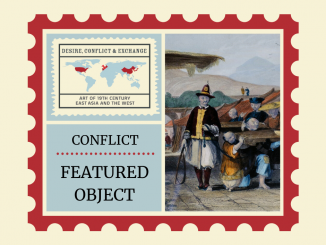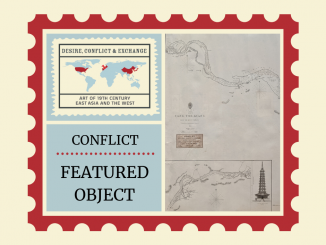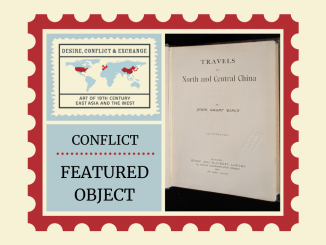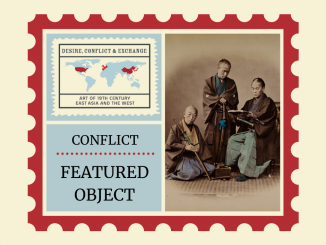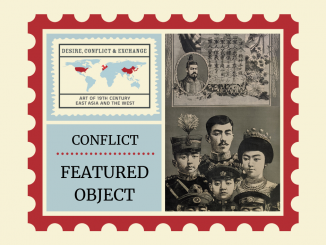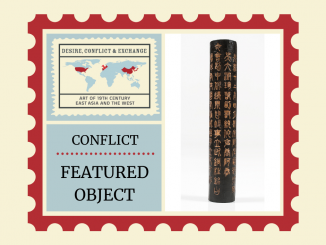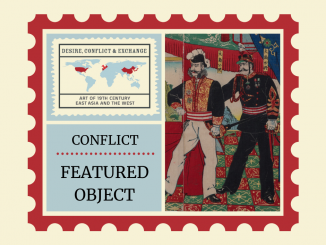Throughout the 19th century, East Asian countries faced political struggles and military conflicts, both internally and externally. For Qing dynasty (1644-1911) China, internal rebellions and pressure by Western powers to open trade accelerated the decline of imperial rule. Two Opium Wars (1839-1842 & 1856-1860) took place between Britain and China over Western violations of opium trade regulations. British victories led to the forced opening of international trade and Hong Kong came under British sovereignty. The Boxer Rebellion (1899-1901) saw rebels attempt to drive all foreigners out of China. As a result, Beijing was sacked by eight allied Western armies. As Western entities gained unprecedented access to Chinese territories, new maps, prints and travel journals claimed to depict areas of China never before seen by outsiders.
Across the Yellow Sea, Admiral Matthew Perry and the U.S. Navy arrived in Japan in 1853. In order to avoid a similar fate to China, the Japanese government signed a treaty to maintain peace. Conflicts over these new trade treaties resulted from increasing Western imperialism and internal opposition to growing Western access and influence. In contrast, Japan quickly adopted Western knowledge, military technology and culture. This evolved into a regional imperialist attitude that was soon aimed toward Korea and China. To establish themselves as the primary East Asian power, Japan fought the Sino-Japanese war with China (1894-1895) over which nation would maintain influence on the Korean peninsula.

